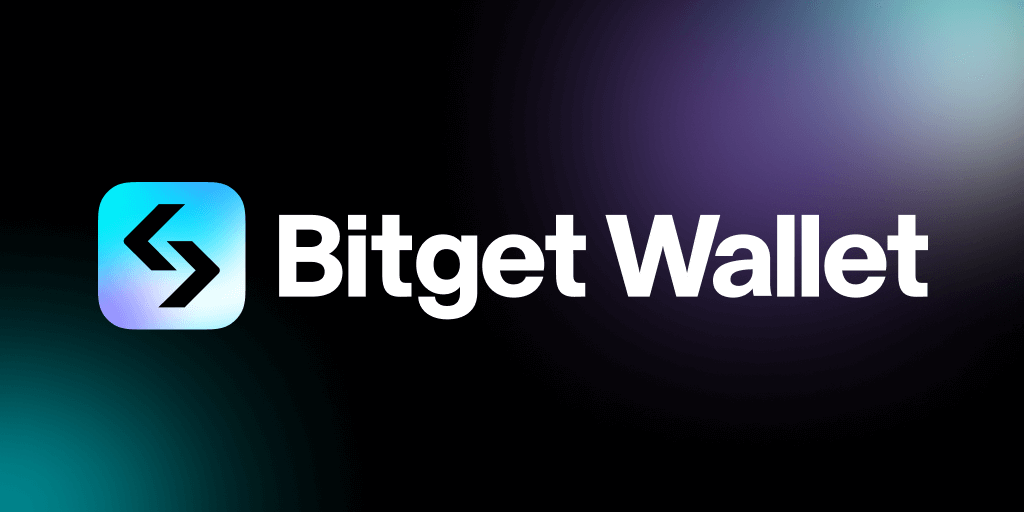@artisan_chronicles
Ever had that gut feeling something’s not quite right with your crypto setup? Woah, me too. I remember diving headfirst into futures trading, all hyped up, only to realize my wallet wasn’t really cut out for it. It’s like trying to race a muscle car with flat tires—sure, you can start, but you won’t get far. That’s when I started hunting for a smarter solution that could juggle spot trading, yield farming, and futures without breaking a sweat.
At first, I figured any wallet would do. Seriously, wallets are wallets, right? But then, somethin’ felt off about juggling multiple platforms, each with its own quirks and security trade-offs. It’s not just about storing assets anymore; it’s about seamless integration with trading, farming, and quick spot swaps. And oh boy, the risks when you don’t have that sorted.
Here’s the thing. Futures trading isn’t just a game of guessing market direction—it’s a whole different beast requiring real-time data, margin management, and often, a wallet that syncs effortlessly with the exchange. On the flip side, yield farming demands constant monitoring of liquidity pools, rewards, and impermanent loss risks. Spot trading? That’s the closest to traditional buying and selling—but even that benefits immensely from a wallet that keeps you nimble and secure.
Initially, I thought juggling these three was gonna be a nightmare — but then I stumbled on a setup that made me rethink how wallets fit into this multi-chain puzzle. Actually, wait—let me rephrase that: it wasn’t just the setup, but the philosophy behind it. A wallet that does more than hold keys; one that empowers you to trade, stake, and farm without hopping between apps or sacrificing safety.

The Real Deal with Futures Trading
Futures trading is intense. You’re not just buying or selling; you’re betting on price moves with leverage. That leverage can multiply gains but also losses, very very fast. My instinct said risk management was crucial here. But guess what? Many wallets don’t handle futures integration well. They’re either clunky or lack the real-time syncing needed for margin calls and position adjustments.
That’s why I started favoring wallets linked directly with reputable futures platforms. And no, I’m not talking about linking a wallet to just any exchange. It’s gotta be secure, fast, and compatible across chains. Here’s where the bitget wallet comes into play—offering a smooth connection to futures markets while keeping your assets under your control.
On one hand, futures can feel like gambling if you’re not careful; on the other, they’re powerful tools for hedging and speculation if used wisely. But here’s the kicker—without a wallet that supports margin management and quick adjustments, you’re flying blind. Seriously, I’ve seen traders lose big just because their wallet lagged behind the market.
Yield Farming: The Double-Edged Sword
Oh man, yield farming. It’s like the wild west sometimes. The promise of passive income is tempting, but the complexities? That’s a whole other story. Initially, I thought yield farming was a set-it-and-forget-it deal. Nope. You gotta stay on top of liquidity pool changes, rewards harvesting, and sometimes switch farms to chase better APYs.
And this is where a robust wallet really shines. It’s gotta handle multiple DeFi protocols, track your farming positions, and simplify claims and reinvestments. I’m biased, but this part bugs me when wallets don’t integrate farming dashboards or require you to jump through hoops just to check your yields.
Check this out—some wallets, like the bitget wallet, offer that multi-chain support combined with farming tools that actually make sense. It’s like having a personal farming assistant in your pocket, without the usual hassle. Plus, it reduces risks related to manual errors or missing harvest windows.
Spot Trading: The Foundation You Can’t Ignore
Spot trading feels straightforward, but don’t underestimate its importance. It’s where most folks start their crypto journeys. Quick buys and sells, swapping tokens — sounds simple enough. Yet, if your wallet isn’t fast or secure, you can miss market moves or get stuck with high fees.
What’s worth noting is that a wallet optimized for spot trading often excels at the other two activities too—because speed, security, and multi-chain compatibility are universal needs. Initially, I underestimated how much spot trading influenced my overall crypto experience. On one hand, it’s the bread and butter; on the other, a poorly optimized wallet can turn it into a headache.
Honestly, I’ve grown fond of wallets that let me manage spot trades alongside futures and farming in the same interface. It’s a game-changer. Speaking of which, if you’re looking for that kind of multi-functional wallet, the bitget wallet has been a solid pick for me.
Why Multi-Chain Support Actually Matters
Here’s a little secret: the crypto world isn’t just Ethereum anymore. Nope, it’s a jungle of chains—Binance Smart Chain, Solana, Avalanche, you name it. Each has its own DeFi ecosystems, trading platforms, and farming opportunities. Trying to keep tabs on all of them with separate wallets is a recipe for chaos.
My first impression was that multi-chain support was just a buzzword. But after juggling assets across chains, I realized it’s a lifesaver. A wallet like the bitget wallet that supports multiple chains lets you switch gears fast without the usual friction or security worries.
Actually, wait—let me rephrase that. It’s not just about support; it’s about seamless switching without compromises. You don’t want to be stuck waiting for cross-chain transfers or worrying if your wallet is compatible with the latest protocol updates. Having everything in one place feels like having a Swiss Army knife in your crypto toolkit.
Security vs Convenience: Finding the Sweet Spot
Okay, so check this out—security is always top priority, right? But convenience can’t be ignored, especially when trading futures or farming yields in real time. I’ve seen people opt for hot wallets because they’re easy, only to get burned by hacks or phishing attacks. On the flip side, cold storage is secure but often too slow for active trading.
What blew my mind was discovering wallets that strike a balance—giving you control of your private keys while integrating smoothly with trading platforms. The bitget wallet nails this balance by offering non-custodial features alongside real-time trading capabilities. Honestly, that’s a rare find.
There’s always a trade-off, though. On one hand, you want speed and access; on the other, you want safety. The key is knowing your priorities and picking a wallet that fits your trading style. For me, that meant leaning towards wallets with strong security protocols but without sacrificing the ability to jump on spot trades or harvest farming rewards on the fly.
Final Thoughts—Or Maybe Just a Pause?
So here I am, after all that, still juggling futures, yield farming, and spot trading—but with a much better toolkit. I’m not 100% sure if I’ve found the ultimate wallet (because, let’s be honest, this space moves fast), but I’m pretty confident that having an all-in-one, multi-chain, secure wallet is the way to go.
And no, I’m not just saying that because I like the bitget wallet (though, full disclosure, it’s been a reliable companion). It’s about reducing friction, managing risk, and staying nimble in markets that don’t wait for anyone. If you’re deep into DeFi or want to try futures without the usual headaches, consider giving it a look. It just might save you from some of the pain I went through.
Anyway, that’s my two cents. For those still on the fence, remember: your wallet isn’t just a tool—it’s your frontline in the crypto battlefield. Choose wisely, and trade smart.







